The Developer’s Guide to Website Speed and Its SEO Implications
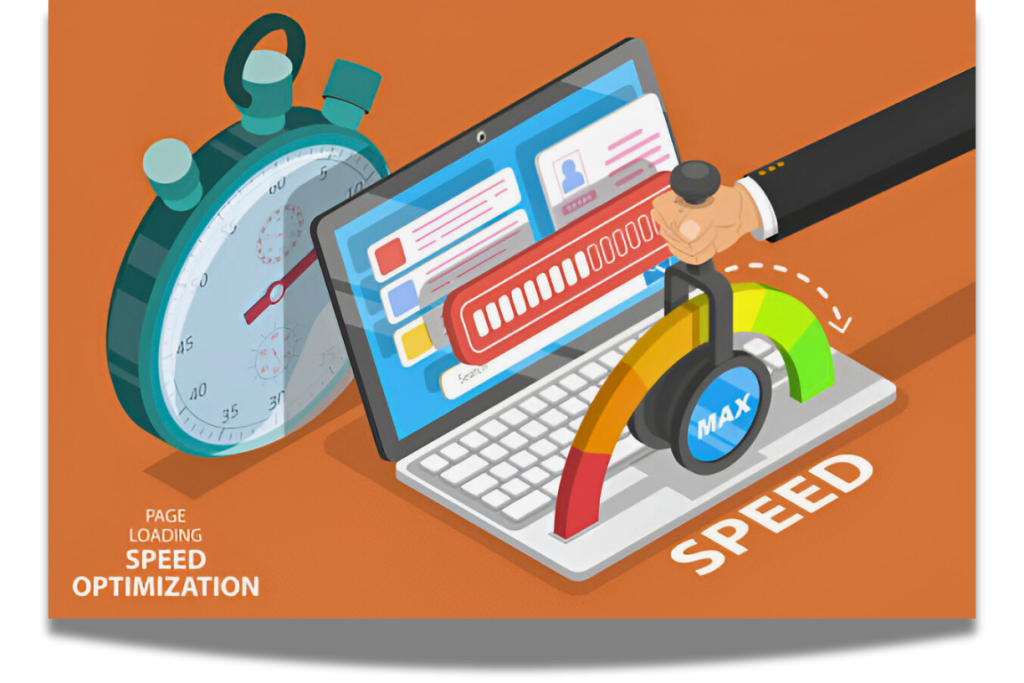
In a world defined by speed, users will demand instant loading of a website. That few seconds delay may result in an alarming increase in the bounce rate, translating into forgone conversions. For a developer, the association between website speed with SEO is really complemented for the setting out of high-performance websites. Google and many […]
Why Is Video Compression Important for Web Performance?
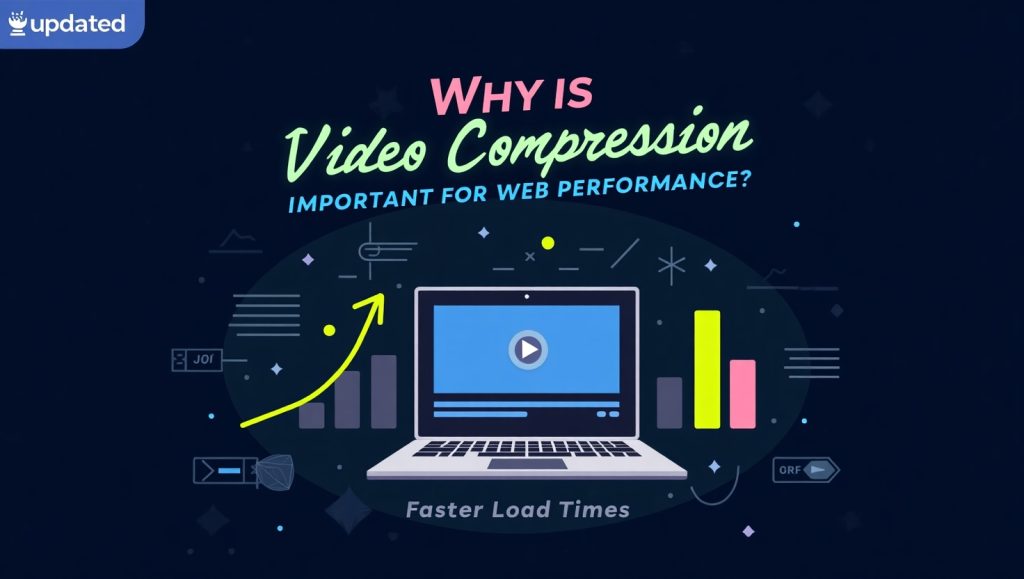
Understanding the Role of Video in Web Performance Video is everywhere in today’s digital world. From explainer videos featured on landing pages to social posts like reels from eCommerce stores showcased on websites, video content is quickly becoming a common mechanism that users use to interact with websites. But videos can be one of the […]
Why Is Srcset Critical for Modern Web Design?
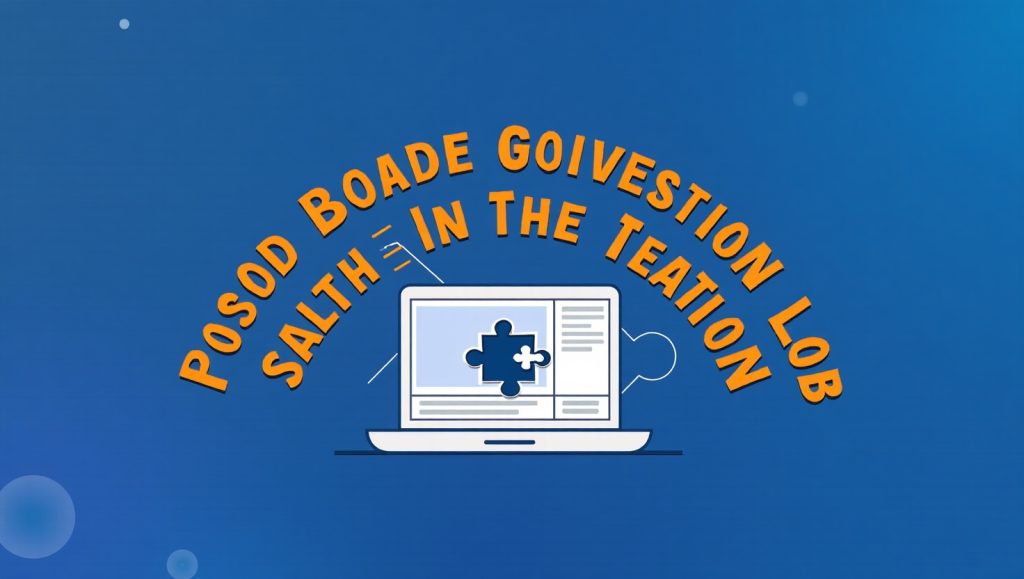
Building responsive and fast websites is no longer simply a nice-to-have—it is now a necessity. In today’s mobile-first world, users expect web pages to look crisp and load quickly no matter the device—tiny phone or high-resolution desktop. One of the best ways to accomplish this, is to use srcset, one of the powerful parts of […]
What’s the Difference Between WebP and AVIF in 2025?
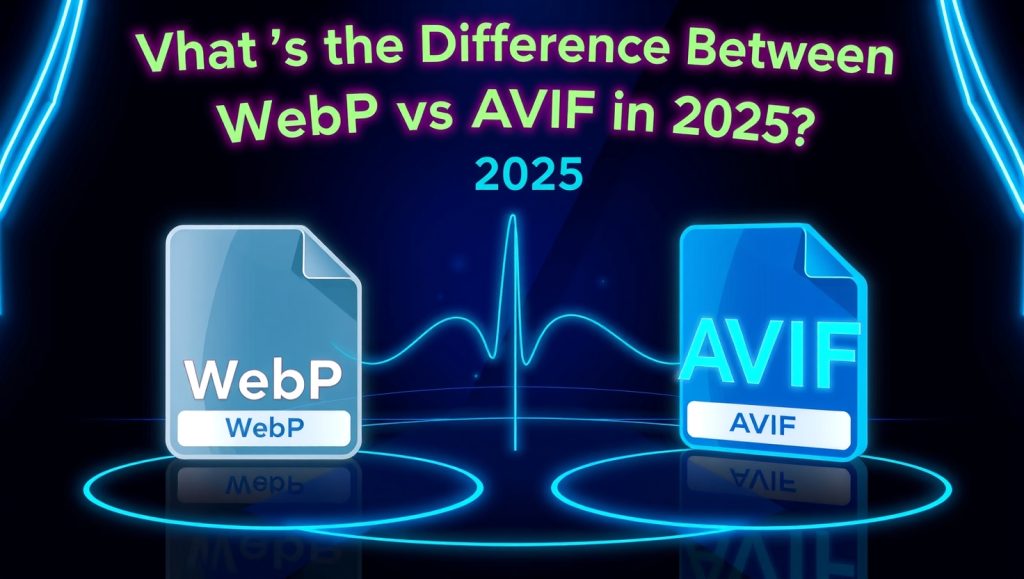
Fast forward to 2025 and there is no denying that we need to deliver good quality web content quickly. As image formats go, it has come a long way over the years, and in 2025 the two biggest frontrunners for the most efficient image delivery are WebP and AVIF. Although both formats are fairly new, […]
Why Are Core Web Vitals Crucial for Mobile-First SEO?

Understanding Core Web Vitals and Their Role in SEO Google’s Core Web Vitals are critical performance metrics that will impact the way your site ranks in search results. These are three core indicators: Largest Contentful Paint (LCP), First Input Delay (FID) ,and Cumulative Layout Shift (CLS). Each of them assess how long it takes for […]
How to Interpret Google PageSpeed Insights Scores Accurately
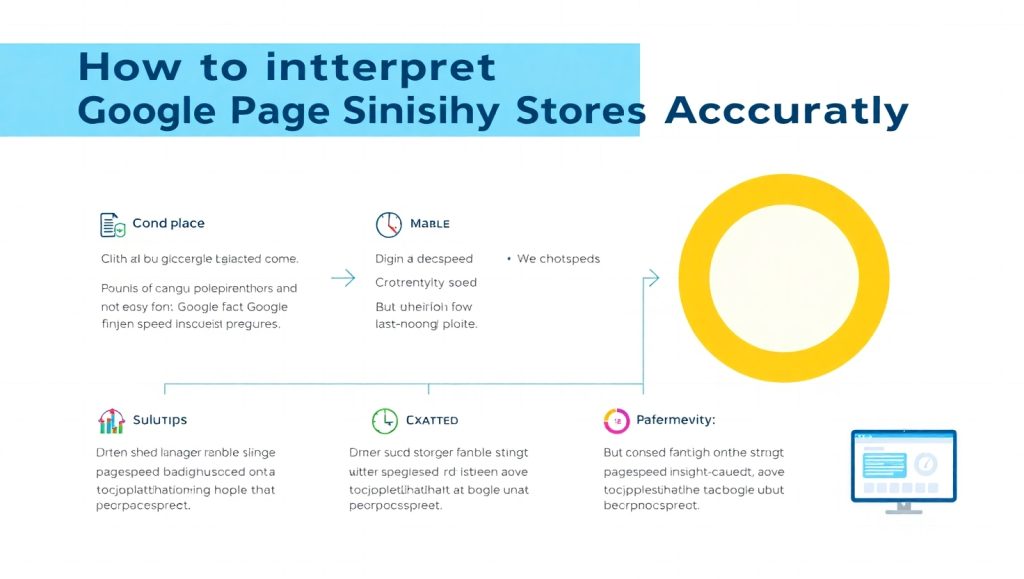
What Google’s PageSpeed Insights scores really mean can sometimes be beyond one’s comprehension, especially if entering website performance tools for the first time. It is more than chasing that perfect 100 score; it is about the experience of your visitors and what can be done to make the site better for them. In this article, […]
How Does JavaScript Optimization Improve First Input Delay?
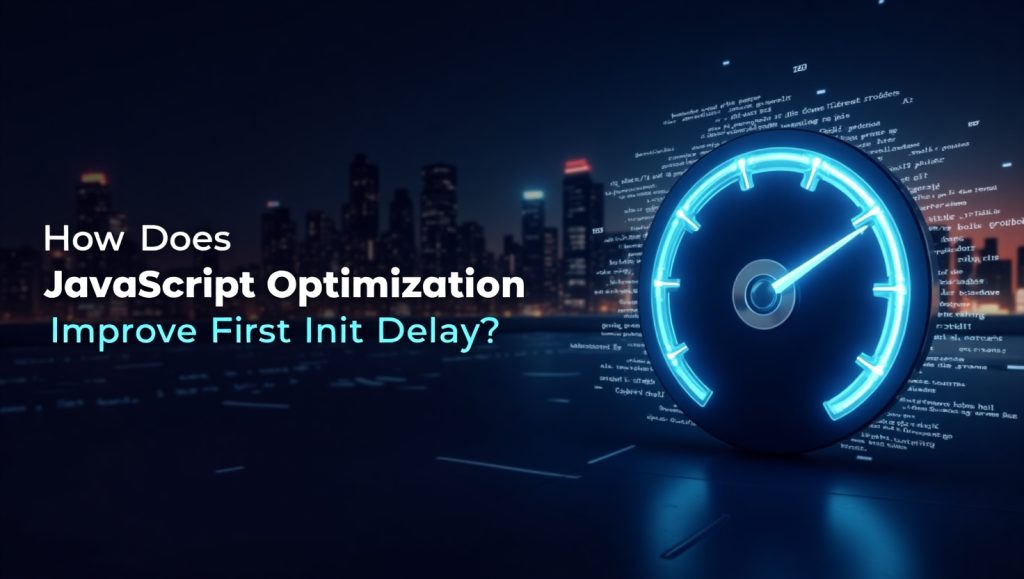
User experience is king in today’s web environment. Any delay in your site’s response while an unsuspecting visitor tries to click a button or fill a form gives you a chance to lose visitors instantly. Therefore, First Input Delay (FID) comes into play, which is an important performance metric that measures the time a browser […]
How HTTP/3 Improves Website Speed and Reliability

Understanding the Shift from HTTP/2 to HTTP/3 the web should communicate. Designed with the express purpose of rectifying long-standing challenges in web communication, HTTP/3 is wholeheartedly embraced by the digital world now. But exactly what distinguishes HTTP/3 and why is it deemed a consequential development? The instability regarding its transport is one major differentiator. Introduced […]
How to Fix Cumulative Layout Shift for Better UX
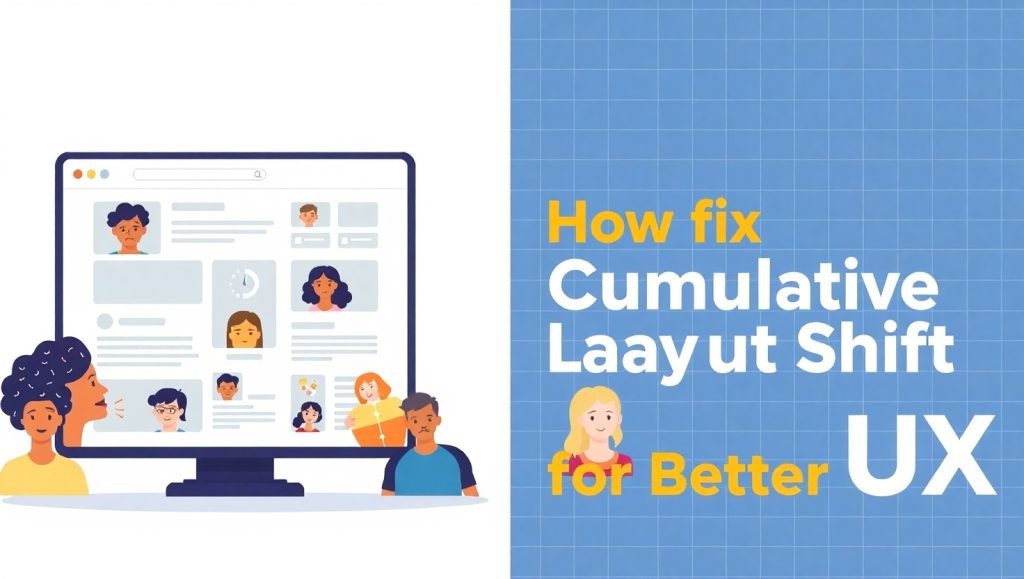
What Is Cumulative Layout Shift (CLS) and Why It Matters CLS, an acronym that stands for “Cumulative Layout Shift,” is one of the perhaps-few metrics that worry Google in the Core Web Vitals ranking paradigm-a ranking system meant to measure real-life user experience on websites. To be specific, CLS measures the total amount of visible […]
What Is Largest Contentful Paint and How to Improve It
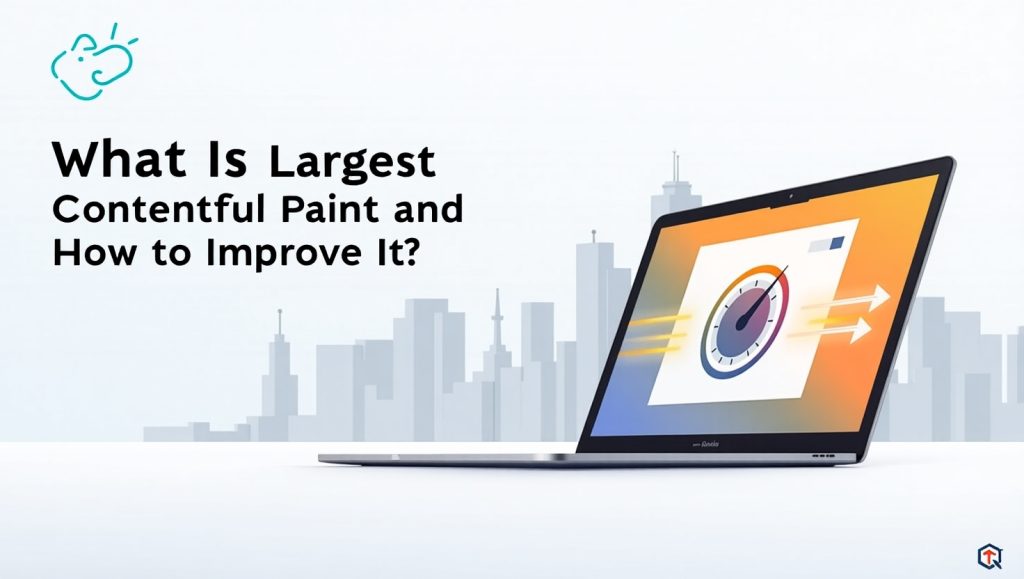
Understanding Largest Contentful Paint (LCP) The Largest Contentful Paint (LCP) metric is one of the performance metrics introduced by Google, especially for loading speeds. Specifically, it indicates how long it takes for the largest visible element — an image, a video, or a block of text — to fully render at the user’s viewport. Unlike […]